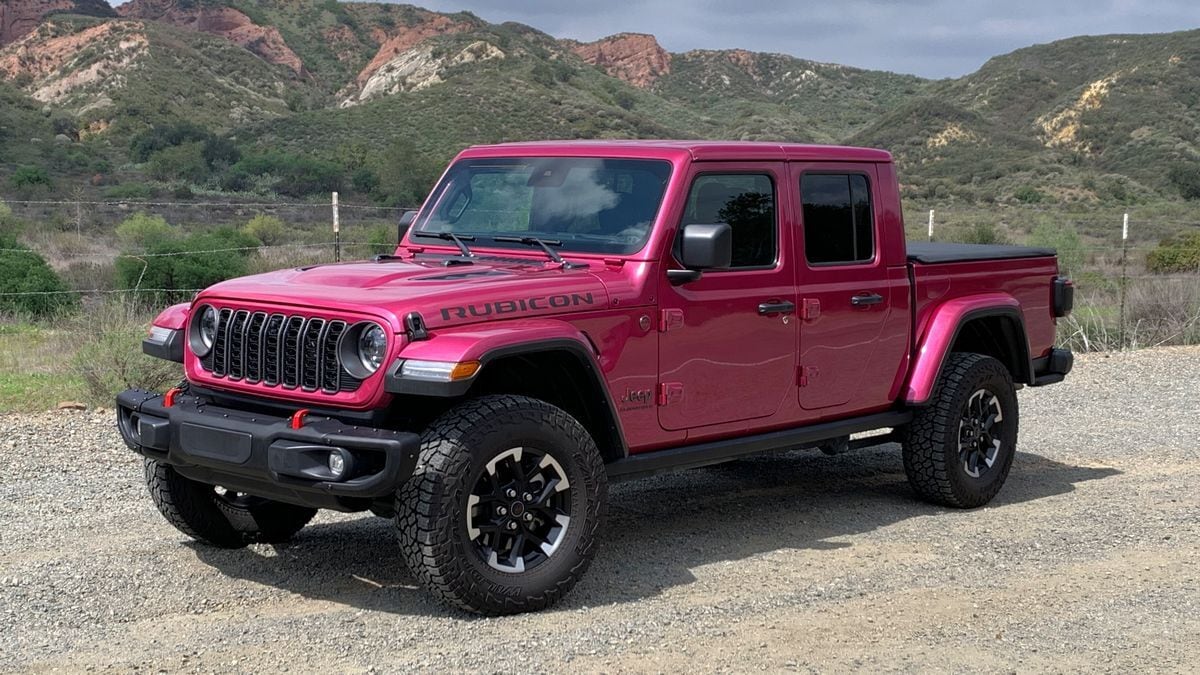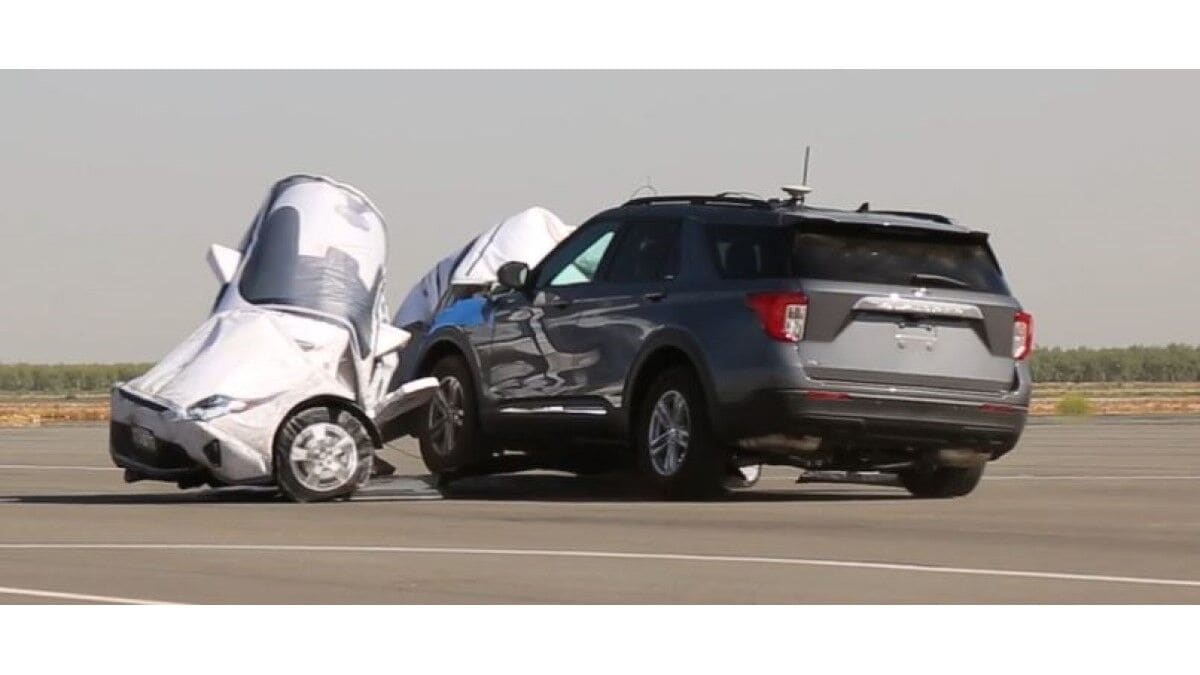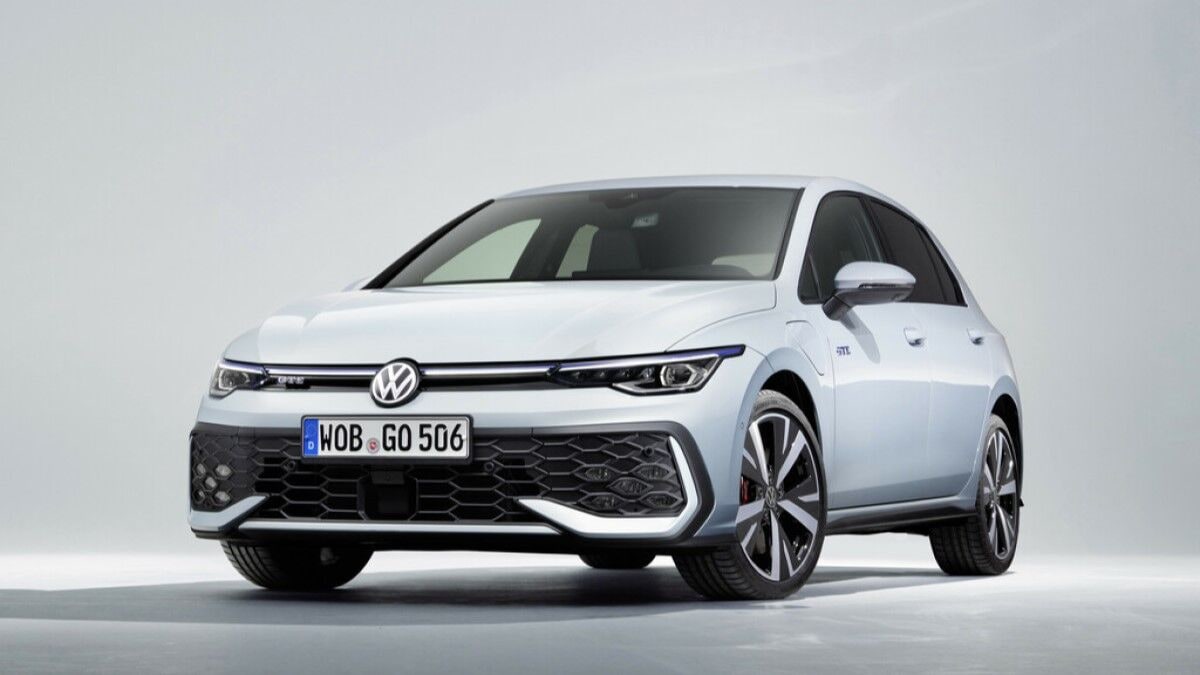A byproduct of the all the frenzied year-end new car sales activity is that this robust market will contribute to a future glut of used cars in the not too distant future. Which means that those who are seeking an entry level model may have a much more difficult decision to make on whether to take the plunge or for the same money, step up to a better-equipped used vehicle for the same money.
One of the factors that ignited the current sales boom was the meltdown in car sales that began in 2009. With sales off by more than a third, fewer used cars made their way into the market and as a result, prices were generally higher on pre-owned vehicles, making the walk-up in price to a new car not that far. But now, after three years of recovery in the new car market, used inventory from both retail and fleet sales is beginning to grow. That supply will result in downward pressure on prices and perversely affect the new car market in two ways, by siphoning off some new car buyers and lowering residual rates making leasing more expensive. In other words, it will put additional pressure on manufacturers to keep the incentive bandwagon going to maintain the current blistering sales pace, which is good news for car buyers.
Rental units beginning to impact market
While there has been plenty of attention given to off-lease cars coming into the used car market, another source of these vehicles are daily rental fleets. Large firms, like Hertz, which recently announced it will buy 350,000 2015 models, an increase of 60 percent over 2014, have been expanding their fleets. At the same time, they are changing the mix of vehicles they outright purchase and remarket through their own lots and instead are shifting back to a scenario where vehicles are returned to the manufacturer for remarketing through their dealer networks in Certified Pre-Owned programs. This shift underscores the fact that used vehicle prices are expected to drop and the rental companies would rather shift the disposal of vehicles, which had greater profits in times of tight used car supplies, back to the manufacturers when a glut of used vehicles will reduce margins.
So what this means to the savvy buyer is that there will be a lot more reasonably priced vehicles in dealer CPO programs, but also that you should check where that vehicle came from. You may be expect you’re buying an off-lease or low mileage one-owner vehicle when in fact, it may have seen rental service. And it’s another reason why a CPO warranty is worth the extra markup you may pay versus a non-CPO vehicle.
Also: The Class of 2015 — New Vehicles Ready to Roll
Loaner fleets grow
Another source of CPO units will be the growing number of loaner cars, particularly at General Motors’ dealerships. The automaker has expanded its Courtesy Transportation program to encourage dealers to provide loaners for service customers as a way of building consumer satisfaction. While loaners may be viewed in the same light as a rental, there are a few incentives built into the GM program that might make these vehicles worth looking for on dealer lots.
The biggest spiff is the fact that while the dealer will be selling the unit as pre-owned, GM will honor that specific model’s new car incentive. So buyers will not only benefit from the lower price that a used vehicle commands, but also may be eligible for the same rebate, financing or lease deal as a new car customer. Typically these vehicles stay in loaner service for 90 days or 7,500 miles, whichever comes first and see duty as service loaners, overnight demos and daily rental units.
According to Automotive News, GM dealers are also given additional incentives to participate in the program in the form of two $250 "service value certificates" they receive for each loaner they put into service. The dealer can then apply the certificates to any new car sale.
New car market more competitive than ever
Circling back to the original point about used vehicles putting pressure on automakers’ new car sales, a recent IHS Automotive study says that the U.S. market has never been more competitive. While GM and Ford remain the two largest sellers, their combined lead over the industry has fallen. GM’s share has dropped from 28.2 percent in 2000 to just 17.6 percent, while Ford has declined over the same period from 24.1 to 14.7 percent. Toyota is third with 14.5 percent of the market (up from 9.3 percent) and Chrysler, doing business now as Fiat Chrysler Automobiles (FCA) declined from 15.7 to 12.7 percent. However, the most telling figure is that the gap between the top and 8th place brand, VW, has declined from 26 to 14 percentage points. The report predicts that there will be no major changes in the top four for the next three or four years, but also that because of higher industry volumes, it will take a manufacturer selling 167,000 more vehicles to gain just one percentage point of share compared to moving the needle by 104,000 units during the 2009 sales slump.
Also: Kelley Blue Book Best Buy Awards of 2015
"With no manufacturer accounting for more than 18 percent of the U.S. market, the battle for consumer share will be fought on the marketing front more than ever before," the IHS report said. Tom Libby, who worked on the report, added "Since no OEM wants to slip in the rankings, each is doing everything possible to retain each tenth of a point of share, including speeding up product redesign or launch programs, while opting to avoid risky product programs."
As a result, consumers can look for an improved value proposition with higher content levels, more refreshed products and increased pressure on prices, which may lead to more incentives.
Popular at KBB.com
See the All-New Cars for 2015
10 Coolest Cars Under $18,000
Best Buys of 2015
-600.jpg)










